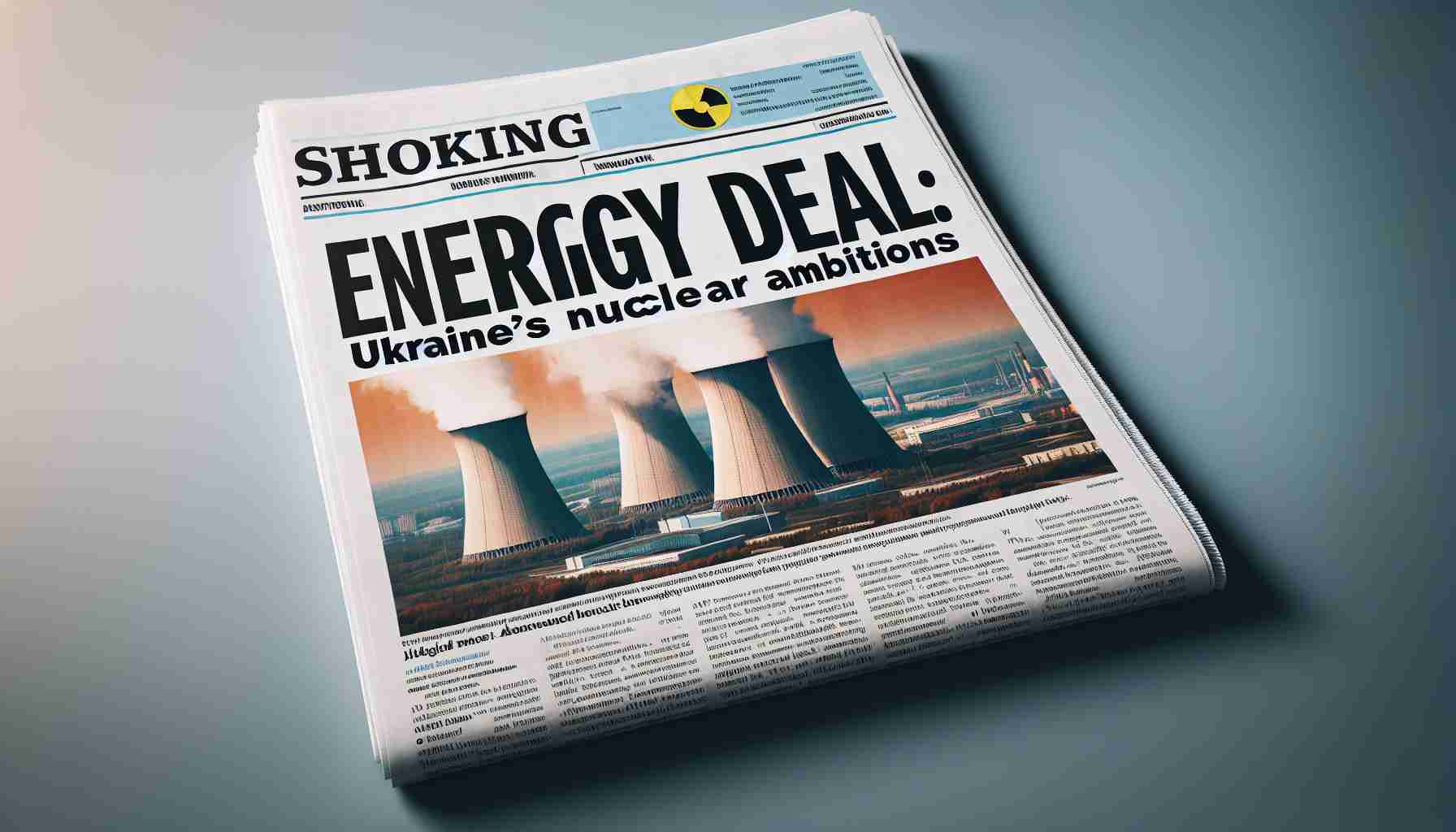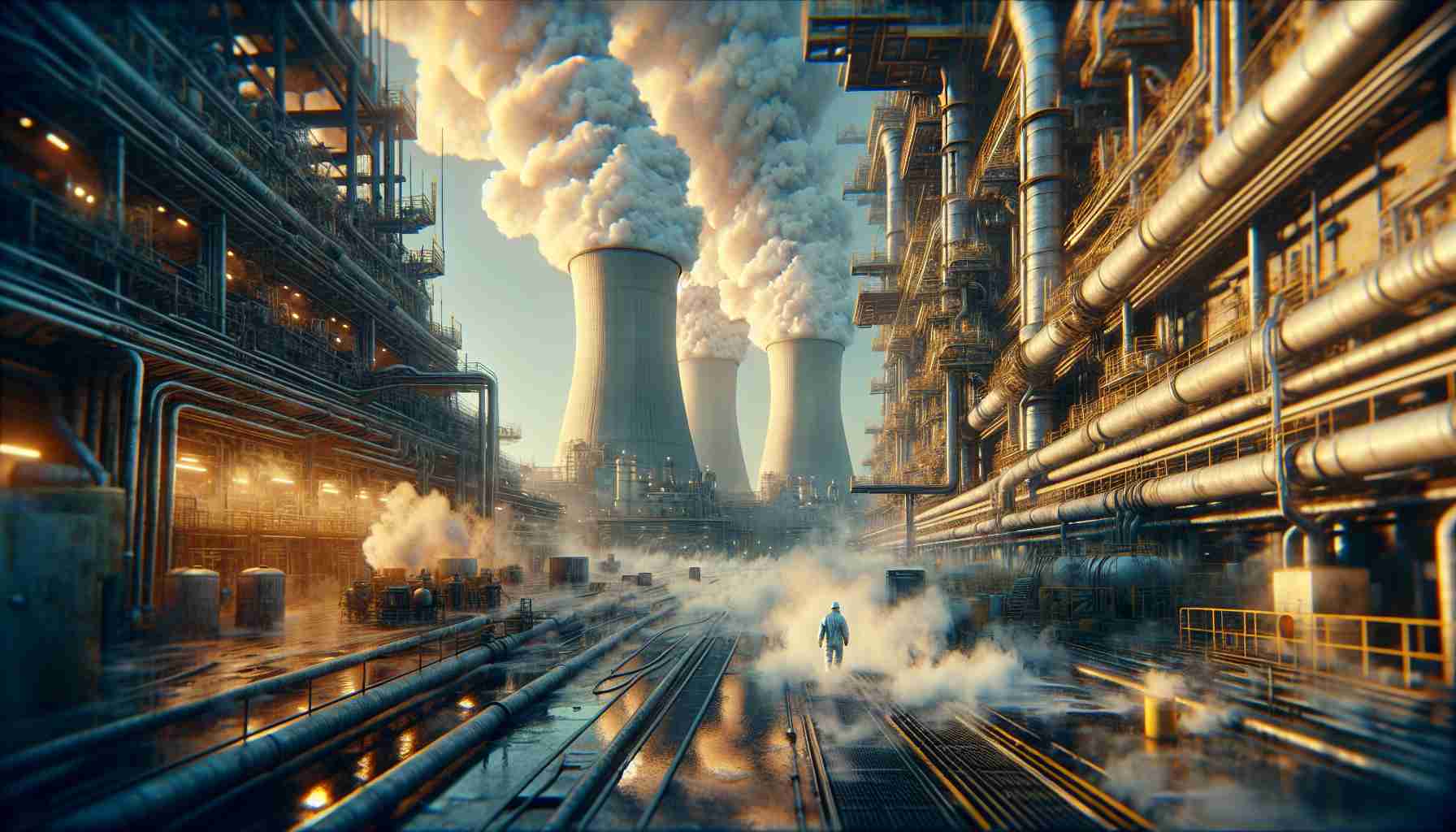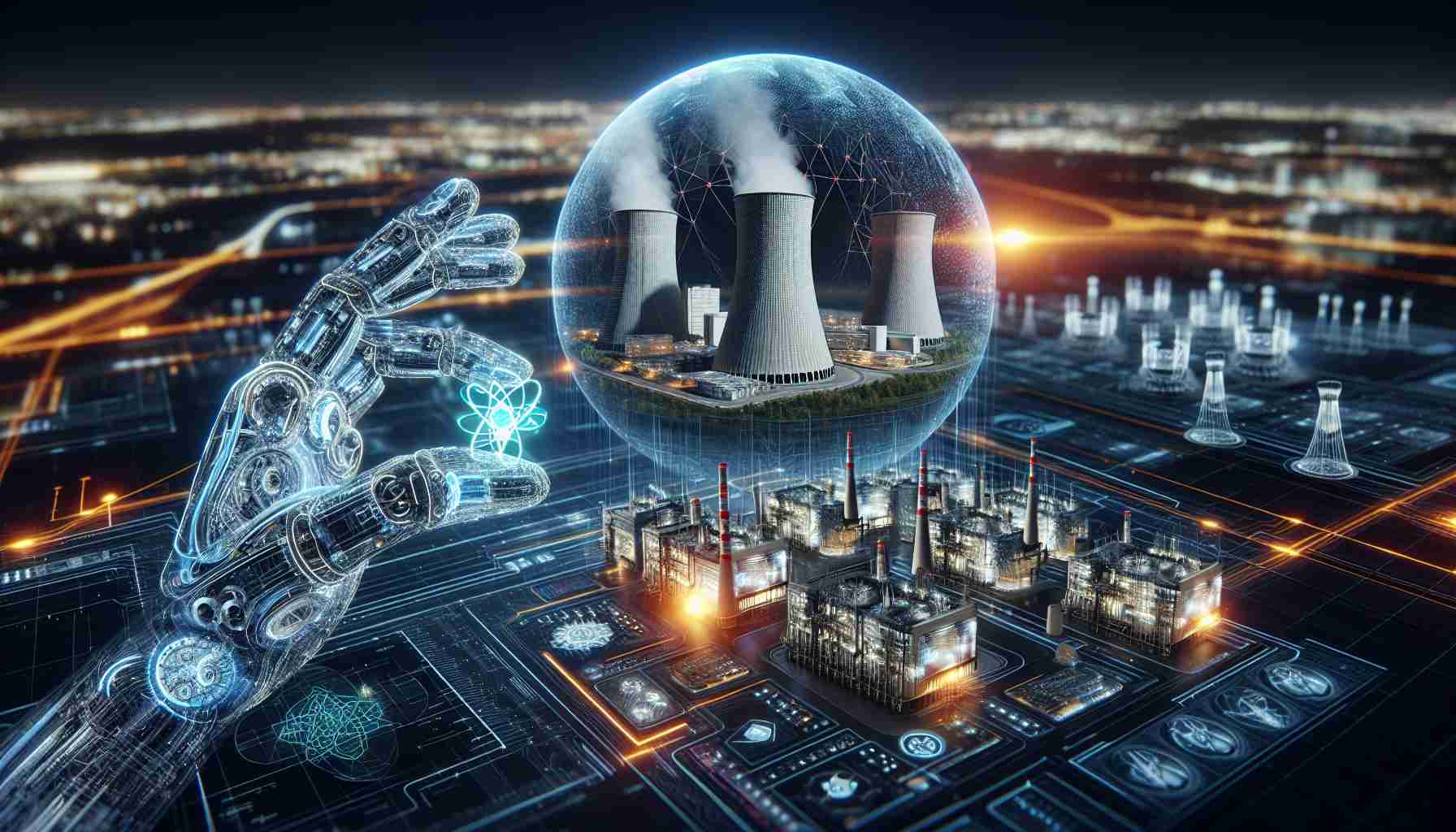Ukraine’s Parliament has taken a bold step that raises eyebrows. The acquisition of two Russian-made nuclear reactors to be installed at the Khmelnytskyi Nuclear Power Plant has sparked heated debates amid safety concerns and financial implications.
On January 16, 2025, the energy committee sanctioned the purchase of two VVER-1000 reactors, which are set to add a significant 2,200 MW capacity to Ukraine’s energy grid. This move comes as the country seeks stability in its power supply, especially considering the ongoing conflict with Russia. Ukrainian Energy Minister German Galuschenko defended the project, emphasizing the crucial role of nuclear energy in the nation’s overall energy strategy.
Previously, in July 2023, Bulgaria had given its energy minister the green light to negotiate this deal, stemming from a halted nuclear project, which has led to renewed cooperation between Bulgaria and Ukraine. Despite these developments, some members of parliament are skeptical. They question the financial feasibility and technological relevance of these outdated reactors, expressing their concerns regarding budget constraints amid wartime challenges.
Moreover, there are deeper concerns regarding potential corruption within Ukraine’s energy sector, particularly following recent arrests linked to bribery. Critics, including various analysts and environmental groups, have condemned the reactors as outdated and risky for public safety, suggesting a need for more modern, sustainable solutions. The future of this controversial proposal hangs in the balance as it awaits further parliamentary scrutiny.
Implications of Ukraine’s Nuclear Reactor Acquisition
The decision by Ukraine to procure two Russian-made VVER-1000 reactors carries complex implications that extend beyond immediate energy concerns. Societal apprehensions surrounding safety and corruption loom large, especially in a war-torn country where public trust in governmental oversight is already fragile. This situation highlights a broader pattern within the global energy landscape, where countries may revert to older technologies over more sustainable alternatives due to immediate necessities and geopolitical pressures.
The economic ramifications are significant. As Ukraine grapples with ongoing conflict, the influx of new nuclear capacity could stabilize the energy grid, fostering a conducive environment for recovery and investment. However, the financial constraints underscored by skeptics point to a looming crisis; the investment could strain an already tenuous budget, potentially diverting funds from critical sectors such as healthcare and education.
From an environmental perspective, the reliance on nuclear energy raises profound questions. While nuclear power can reduce carbon emissions compared to fossil fuels, the potential for ecological disaster and waste management issues remains a significant concern. Modern reactors integrate advanced safety and waste disposal technologies that the VVER-1000 lacks, raising doubts about long-term sustainability.
In light of these developments, the future landscape of Ukraine’s energy policy will serve as a pivotal case study. It may pave the way for heightened international scrutiny regarding energy sourcing amid geopolitical conflicts, sparking discussions about the balance between immediate energy needs and the global move towards renewable resources. The outcome of this proposal will resonate well beyond Ukraine, influencing energy strategies and policy decisions worldwide.
Ukraine’s Nuclear Future: A Bold Move or a Risky Gamble?
Overview of the Controversial Reactor Acquisition
Ukraine’s Parliament has recently taken significant steps in its energy strategy by approving the acquisition of two Russian-made VVER-1000 nuclear reactors for the Khmelnytskyi Nuclear Power Plant. This move has drawn attention both domestically and internationally, raising urgent questions about safety, financial sustainability, and long-term energy policies amidst the ongoing war with Russia.
Key Features of the VVER-1000 Reactors
The VVER-1000 reactors are pressurized water reactors that were developed in the Soviet era. Each reactor has an electrical output of approximately 1,000 MW, which means the addition of these two reactors could potentially contribute an extra 2,200 MW to Ukraine’s energy grid.
Pros and Cons of the Project:
# Pros:
– Increased Energy Capacity: The new reactors will help stabilize Ukraine’s energy supply during a period of increased demand and potential shortages.
– Expertise and Familiarity: Utilizing technology that Ukrainian engineers and operators are already familiar with may reduce the time required for implementation and training.
# Cons:
– Safety Concerns: Critics argue that VVER-1000 reactors are outdated, and there are significant safety risks associated with employing older nuclear technology, particularly in a country facing military conflict.
– Financial Burden: The financial viability of this project comes under scrutiny, as funding these reactors may divert resources from other pressing national and public welfare needs.
– Corruption Risks: Ongoing allegations of corruption in Ukraine’s energy sector raise concerns about the integrity of the procurement process.
Renewable Energy Trends and Sustainability
While the acquisition of VVER-1000 reactors aims to bolster Ukraine’s energy capacity, the global trend is shifting towards renewable energy solutions. Countries such as Germany and Denmark are investing heavily in wind and solar power, seeking to reduce their dependence on nuclear and fossil fuels. Incorporating more sustainable and innovative technologies could enhance energy independence for Ukraine and align with global environmental targets.
Potential Repercussions and Future Insights
The long-term implications of this nuclear deal are uncertain. Experts predict that if the reactors are indeed installed, they could become a focal point of controversy concerning public safety and economic impact. Furthermore, as Ukraine looks to align itself closer to European energy policies, there may be pressure to rethink investing in nuclear technology in favor of renewable sources.
Security Aspects in Nuclear Energy
Given the current geopolitical tensions, the safety protocols regarding nuclear power plants in conflict zones are under intense scrutiny. Experts emphasize the necessity of stringent security measures and emergency preparedness, particularly since the Khmelnytskyi plant’s proximity to active conflict zones places it at heightened risk of targeted attacks or accidents.
Market Analysis and Pricing
Analysts predict that the investment in these reactors will require substantial financial outlays, approximately billions of euros. However, the potential for long-term energy independence and stability could justify the essential initial investment. Yet, budgetary constraints pose a significant challenge, making it crucial for Parliament to weigh the costs against the benefits effectively.
Conclusion
Ukraine’s decision to pursue nuclear energy through the acquisition of VVER-1000 reactors demonstrates a bold approach in a time of crisis. However, the controversy surrounding this decision raises vital questions about safety, financial feasibility, and the long-term vision for Ukraine’s energy independence. The ongoing debates are likely to shape the country’s energy landscape for years to come as it navigates complex domestic and international pressures.
For more information on Ukraine’s energy policies and developments, visit the Ministry of Energy of Ukraine.
The source of the article is from the blog karacasanime.com.ve



